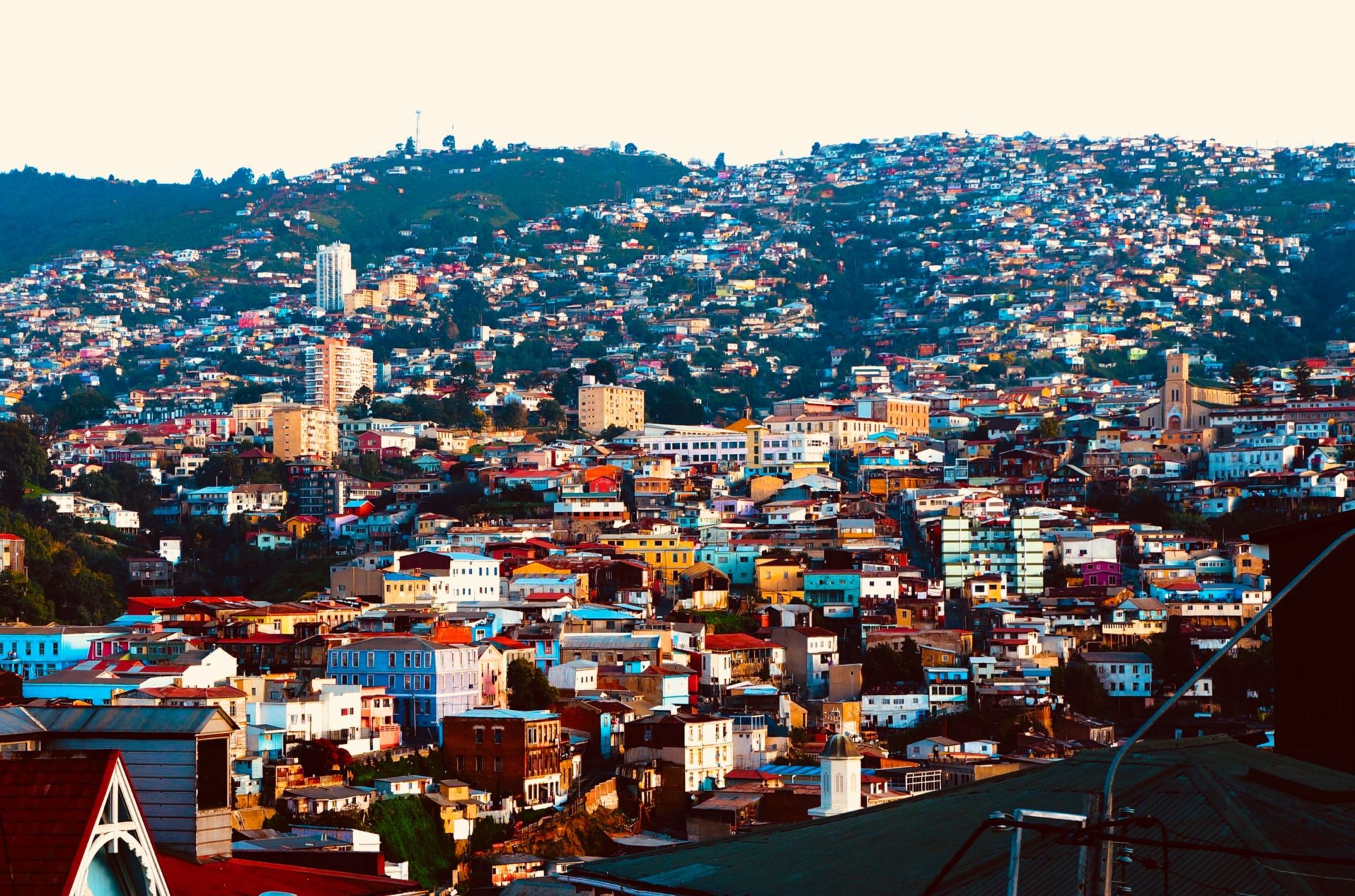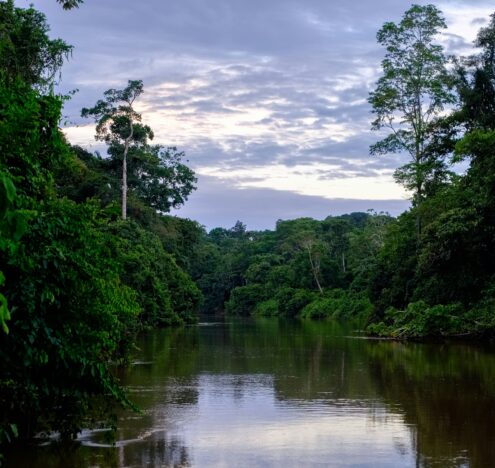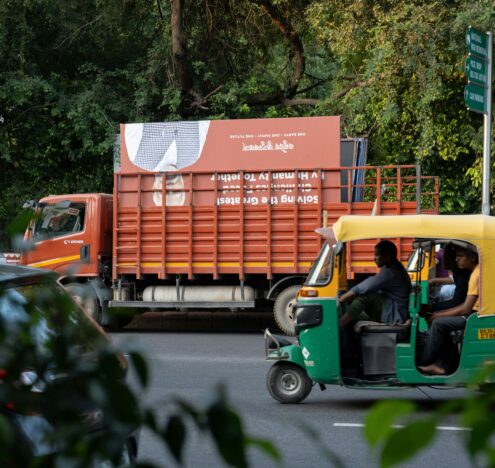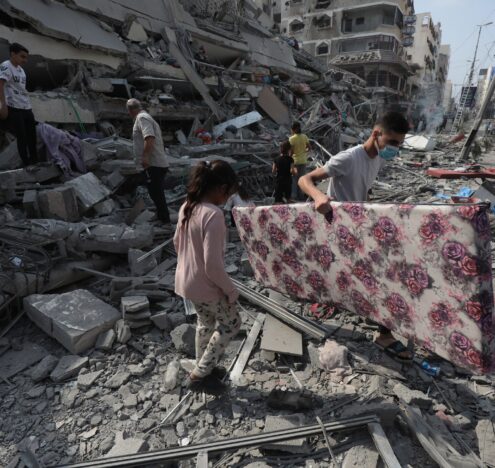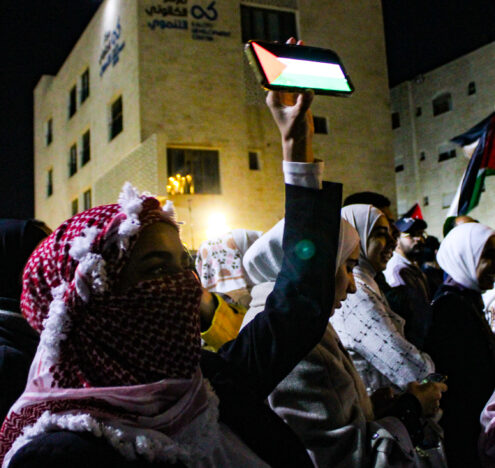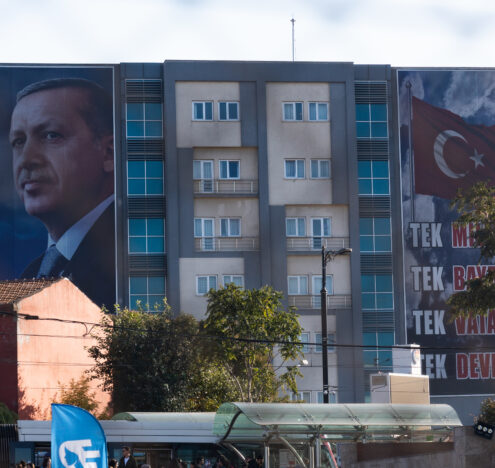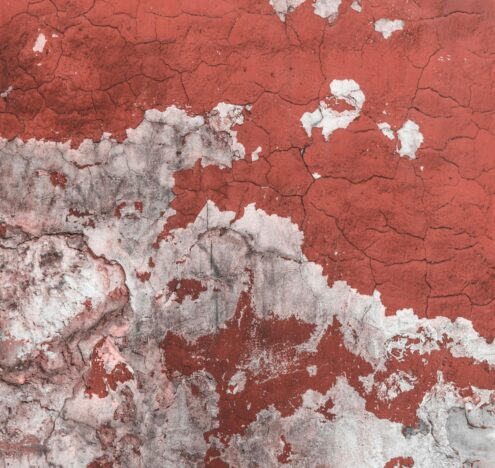Sept. 11 has a special significance in Chile — it is the date that the notorious dictator Augusto Pinochet came to power in a US-backed military coup. The year was 1973, and the then-military general took power from Socialist then-president Salvador Allende. It set off over two decades of violence and Chilean society is still reeling.
In June this year, current Chilean President Gabriel Boric stated that the government will be financing a program to search for Chile’s 1,469 detainees who were disappeared between 1973 and 1990. So far, only 307 victims have been identified. This year marks 49 years since the Pinochet dictatorship fragmented Chilean society. As we commemorate this dark history we explore the shadows that still remain.
Military-Politics
“My father had breakfast every day with General Pinochet during four years … I cannot understand that General Pinochet could say today ‘I have no idea,’” Manuel Contreras Valdebenito, the son of Manuel Contreras Sepulveda, Head of the Chilean National Intelligence Directorate (DINA), stated on television in April 1999.
A rift had broken out among dictatorship adherents, with some believing that Contreras was trying to safeguard his own impunity by giving information implicating Pinochet in Operation Condor, a US-backed regional campaign founded in Chile in 1975 which sought to disappear leftists from Latin American countries. By April 1999, Pinochet was under house arrest in London and Spain had issued an arrest warrant for the autocrat based upon the investigations by Spanish Judges Baltazar Garzon and Manuel Garcia Castellon into the torture, killing, and disappearance of Spanish nationals, including diplomat Carmelo Soria. Pinochet was eventually declared unfit to stand trial on account of dementia and returned to Chile unscathed. While Pinochet was eventually stripped of his immunity in Chile and indicted for other dictatorship-related atrocities, the dictator died without being convicted of any crimes.
What stands out prominently in Chilean dictatorship narratives is the web of complicity and corresponding silence among the military and the dictatorship’s secret agents. The military has largely refused to cooperate in divulging what happened to the disappeared detainees, including refusing to indicate the location of the burial sites of the bodies. Contreras’s son’s statement about his father reflects the tight interweave between the military leadership and the political dictatorship, and suggests shared knowledge about the historic attempts to rid Chile of socialism and its adherents.
What stands out prominently in Chilean dictatorship narratives is the web of complicity and corresponding silence among the military and the dictatorship’s secret agents.
When Pinochet assumed power in Chile, the CIA had already laid the groundwork for the early persecution of Chilean socialists and communists. According to Contreras, DINA already had “50,000 informants in Chile,” indicating the extent of state repression and surveillance. One out of every seven DINA officials had been trained by the School of the Americas (SOA), now renamed the Western Hemisphere Institute for Security Cooperation. The notorious school was founded in 1946 and was located in the Panama Canal zone, until its relocation to Fort Benning, Georgia, in 1984. In 1961, then-US President John F. Kennedy ordered the teaching of “anti-communist counterinsurgency” at the institution. Over 80,000 Latin American personnel have graduated from the school since its inception. Miguel Krassnoff Matchenko, who formed part of the Lautaro Brigade and was responsible for the extermination of dictatorship opponents, and the National Information Centre (CNI) director Odlanier Mena, are two such SOA graduates. Krassnoff’s prison sentences for dictatorship-era crimes now total over 800 years.
Over 1,200 detention, torture, and extermination centers were established throughout Chile under Contreras’s command. An in-depth look at each center exposes intricate links between the networks of torture sites in the country, including the network of personnel. Tejas Verdes, located in the San Antonio Province in Valparaiso, and Cuartel Simon Bolivar in the commune of La Reina, Santiago, are two centers that illustrate how DINA operated, and how some DINA agents are linked to crimes against humanity committed in both locations.
Tejas Verdes
Tejas Verdes is known as one of Chile’s first detention and torture sites under Pinochet. It began operating on Sept. 11, 1973, and lasted throughout the dictatorship. It was in Tejas Verdes that dictatorship agents trained by the SOA experimented with torture methods upon Chilean political detainees. The Tejas Verdes contingent was also an influential presence in Santiago in the early days of the dictatorship — the group of torture experts supported the transfer of the first political detainees to the Estadio Chile, the stadium turned torture chamber where Nueva Cancion singer Victor Jara was tortured and murdered.
From 1974 until 1976, political prisoners from across Chile were detained and tortured in Tejas Verdes. They were transferred between locations in refrigerator trucks to silence their cries. The Chilean prominent investigative journalist and author Javier Rebolledo documented the torture methods used at Tejas Verdes in a book titled “El Despertar De Los Cuervos. Tejas Verdes, el Origen del Exterminio en Chile.” According to Rebolledo, no other testimonies of torture he encountered throughout his research surpassed the methods used at Tejas Verdes, which included forcing prisoners to consume their own excrement, using dogs, mice, and spiders to harm women prisoners’ genitalia, and burning the detainees with boiling wax. One less discussed form of torture was the sodomizing of male detainees with sticks and metal objects. Rebolledo also described the role that medical practitioners played in hiding pregnancies and children born to female detainees as a result of rape.
Tejas Verdes was also the first recorded place for “death flights” in which the bodies of Chilean detainees were packaged, weighed down with metal, loaded onto helicopters and then thrown into the ocean — a practice that continued throughout the dictatorship and is largely associated with Cuartel Simon Bolivar, described by lawyer Nelson Caucoto as “the place where no one got out alive.”
Cuartel Simon Bolivar
In Cuartel Simon Bolivar, the elite Lautaro Brigade under the command of Juan Morales Salgado was tasked with exterminating Communist Party and Revolutionary Left Movement members. The extermination orders were commanded by Contreras and communicated to the brigade by Salgado.
Cuartel Simon Bolivar was kept secret for years after the dissolution of the dictatorship and brought to light by Jorgelino Vergara Bravo, known as El Mocito — an errand boy who worked for Contreras’s family and later worked for DINA’s chief at the torture and extermination center. His testimony was crucial to uncovering the intricate plans of extermination and disappearance of Pinochet’s opponents. Having witnessed torture, murder, and the preparations for disappearances, Vergara incriminated many DINA agents and revealed torture details in several cases, including that of Victor Diaz Lopez, leader of the Communist Party, and Reinalda Pereira, who was seven months pregnant at the time of her detention, torture and subsequent extermination and disappearance.
Diaz was asphyxiated after being tortured and his body disappeared on a death flight departing from Cuartel Simon Bolivar in 1977. Pereira was killed by cyanide injection and her fingers were burnt with a blowtorch to prevent fingerprint identification. Her remains have not yet been discovered, despite several searches.
In 1979, Pinochet gave the order for Operacion Retiro de Televisores, where bodies of the disappeared were exhumed and disposed of elsewhere, after the incriminating discovery of corpses in ovens in Lonquen provided evidence of the Pinochet regime’s crimes. Research into the dictatorship crimes by Rebolledo, published in a book titled “La Danza de los Cuervos: El Destino Final de los Detenidos Desaparecidos,” incriminates several DINA agents of both presence and participation in torture, including at the Cuartel Simon Bolivar.
Cuartel Simon Bolivar’s DINA torturers included Contreras, Krassnoff, Ingrid Olderock and Adriana Rivas, all of whom formed part of the Tejas Verdes contingent. Olderock was a torture instructor at Tejas Verdes, under whose tutelage Rivas completed an intelligence course. Both Olderock and Rivas would play a prominent role at Cuartel Simon Bolivar. Olderock, the daughter of German Nazi adherents living in Chile, was notorious for training dogs to rape female detainees, while Rivas, who absconded from Chilean justice and escaped to Australia, was described as one of the most brutal torturers at the extermination center by Vergara.
The Pact of Silence
In 2013, Rivas, who was also secretary to Contreras, gave an interview on SBS Australia, where she condoned the use of torture by the Pinochet dictatorship and described her years with DINA as the best of her life. Rivas had been living in Australia since 1978, occasionally returning to visit family in Chile. In 2007 when on such a visit, the Chilean courts indicted her for participating in the torture, murder, and disappearance of seven Communist Party and MIR militants: Victor Diaz, Horacio Cepeda, Fernando Ortiz, Fernando Navarro, Hector Veliz, Reinalda Pereira, and Lincoyan Berrios. The seven victims are known as part of the Calle Conferencia cases, two clandestine DINA operations organized and executed by the Lautaro Brigade, in which leaders from the Communist Party and the MIR were kidnapped and taken to Cuartel Simon Bolivar, where they were tortured, murdered and disappeared.
Rivas escaped from Chile while on bail, and returned to Bondi, Australia, where she worked as a nanny. The SBS interview inspired a grassroots campaign for her extradition to Chile, which was requested by Chile’s Supreme Court in 2014. In 2019, Rivas was arrested in Australia based on an extradition order by Chile’s Supreme Court. In 2021, Federal Court judges ruled Rivas to be fit for extradition, which Rivas appealed. However, her final appeal against her extradition to Chile was rejected by Australia’s High Court in May this year.
A documentary by Rivas’s niece Lissette Orozco titled El Pacto de Adriana, highlights Rebolledo’s description of the Chilean military’s “pact of silence.” The documentary shows Orozco in Skype conversations with Rivas, interspersed with interviews that give context to Rivas’s denials and half-truths. Orozco, who comes from a right-wing family, not only faces the questions of her political leanings and its infusion with violence, but also the transition in perception and understanding of her aunt as a family member and a DINA agent who caused irreparable damage within Chilean society.
These crimes of the past haunt Chile today. While scientific advances contribute to the identification of bodies of the disappeared, and legal retribution continues against various agents from the dictatorship era, it remains to be seen whether the current government can influence the Chilean military, which still acts as a guardian to DINA’s secrets, despite its dissolution decades ago.














